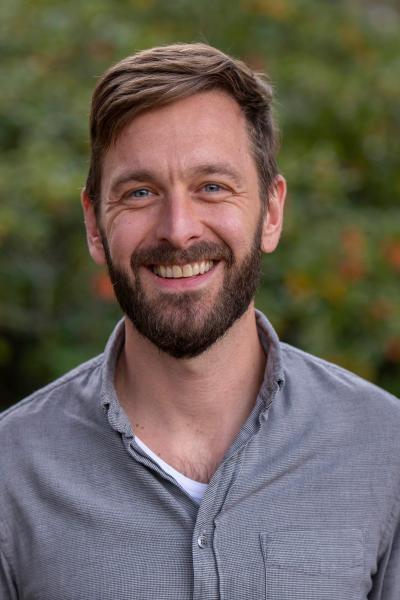Lars Behrendt
Senior Lecturer/Associate Professor at Department of Organismal Biology; Physiology and Environmental Toxicology
- Telephone:
- +46 18 471 25 91
- Mobile phone:
- +46 76 315 10 45
- E-mail:
- lars.behrendt@ebc.uu.se
- Visiting address:
- Evolutionsbiologiskt Centrum EBC
Norbyvägen 18 A - Postal address:
- Norbyvägen 18 A
752 36 Uppsala
- ORCID:
- 0000-0002-8988-2032
More information is available to staff who log in.
Keywords
- bacteria
- bioimaging
- climate change
- cyanobacteria
- ecology
- ecotoxicology
- environmental sensing
- microfabrication
- microfluidics
- phenotyping
- photosynthesis
Research
My laboratory explores the responses of individual and communities of microorganisms in relation to environmental landscapes and perturbations thereof. To provide insight into this interplay, we describe imminent processes and develop technologies to recreate fundamental environmental features so we can identify their effect on organisms’ function, structure and survival.
An immediate aim of my research is to improve our ability to forecast the effects of anthropogenic chemicals in changing aquatic environments. To address this challenge, we integrate microfabrication-based methods with assessments of single-cell physiological readouts (imaging, molecular readouts and chemical interrogations) into laboratory-on-a-chip approaches. My lab exploits the high-throughput of these devices to chart the parameter space of combined chemical and environmental conditions on the health of key marine players like bacteria, phytoplankton and fish. By obtaining multiparameter measurements of single organisms across trophic levels, we see potential for improved, ecosystem-wide risk assessment by the concluding extrapolation to global ocean settings.
Additionally, our ability to mimic key features from specific environments is useful for the phenotyping of unicellular phototrophs, for industrial processes, and for the domestication of ‘wild’ bacteria and partners in symbiotic relationships. The recreation of environmental features and their biological applications broadens our understanding of fundamental aspects of biological responses to external cues and helps demarcate environmental from anthropogenic effects – both expected to intensify under climate change.

